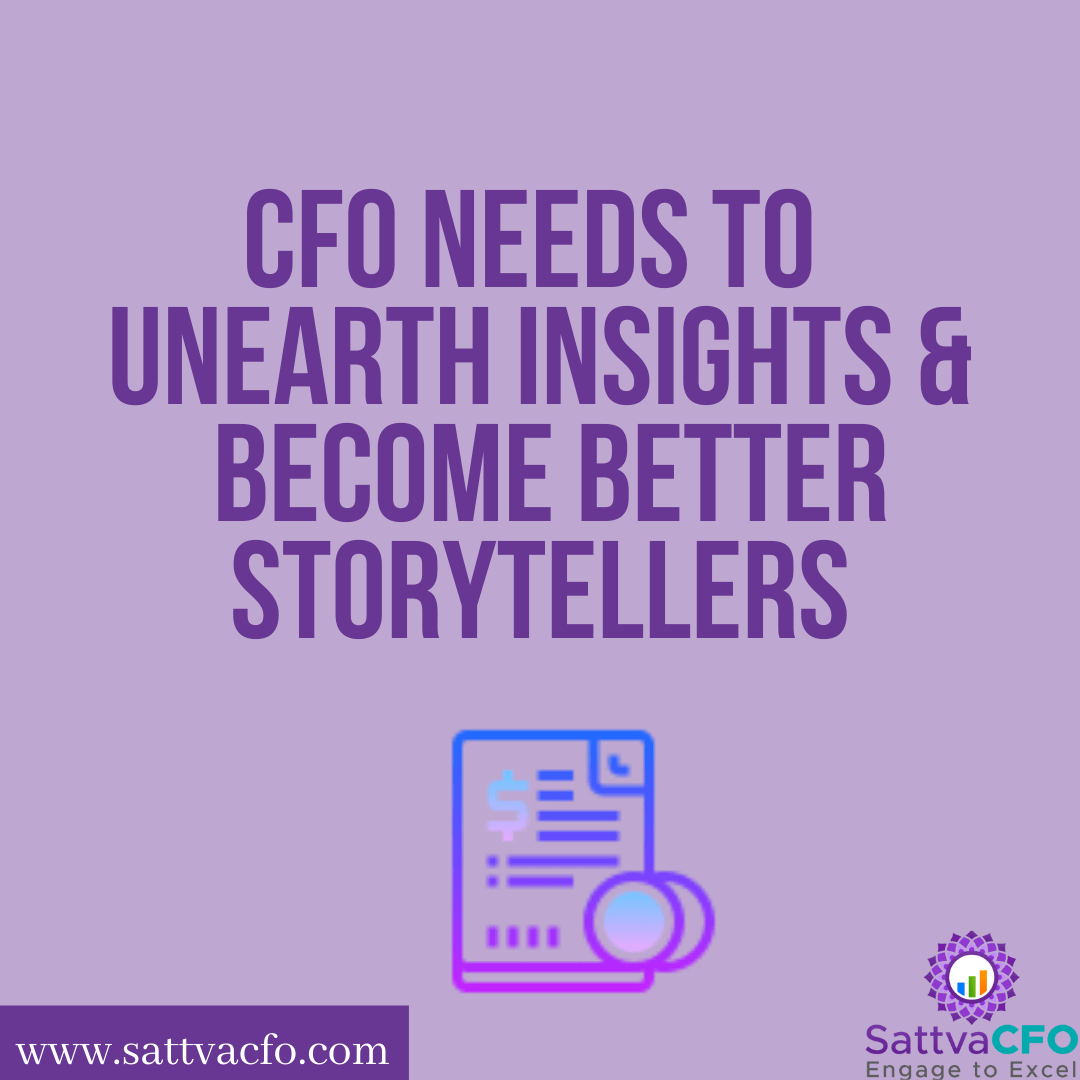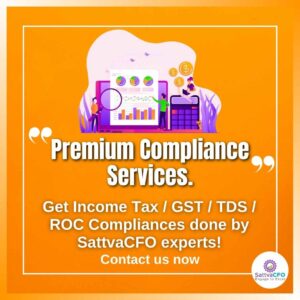CFO needs to unearth insights & become better Storytellers
Today’s reporting is more dynamic, relying on self-service and automation rather than manual processes. It is prospective and retrospective in nature and is augmented with visuals and intelligence to enable real-time analysis. This more agile reporting approach which enables immediate, data-driven storytelling, allows CFO and FP&A professionals needs to unearth insights and become better Storytellers to prepare their organizations for today and tomorrow. Article discusses on The growing need for data storytellers and Why CFO needs to narrate a Data-Driven Story?.
Table of Contents
The growing need for data storytellers
Data storytellers can assist you in realizing the full potential of your data projects. They perform a critical communication role in the challenging final mile of analytics, helping people discover and comprehend vital insights, make more intelligent decisions, and inspire action. While analysts and data scientists may undoubtedly benefit from improving their data storytelling abilities, this is not a skill exclusive for analytics specialists. As more businesspeople become exposed to data over the next decade, it will become a broader business skill that everyone must begin to develop. As data becomes a more integral component of everyone’s position and duties, individuals must understand how to communicate findings effectively.
By sharing data stories with others, data storytellers may assist in increasing data literacy across teams and fostering a more robust data culture. As these data consumers develop their data literacy, they may be encouraged to create and share their own data stories, expanding an organization’s internal data community. Additionally, data storytellers can act as change agents by sharing findings that benefit the firm’s beneficial changes.
Why CFO needs to narrate a Data-Driven Story?
Stories have always been excellent at transmitting human experience; those that incorporate facts and analysis are merely more modern adaptations. The way we simplify and make sense of complex reality is through narrative. It provides context, insight, and interpretation of all of the elements that contribute to the meaning of data and the relevance and interest of analytics. Typically, the purpose of analytics is to influence how someone makes a decision or takes action. With these robust tools, you’re seeking to convince, inspire trust, and effect change.
Regardless of how great your research is or how high-quality your data is, you cannot compel change until the stakeholders in your work comprehend what you have done. While data preparation and analysis frequently take considerable time, we require succinct representations of those processes for observers or beneficiaries. Sharing all the specifics of quantitative research with stakeholders would be tedious and time-consuming. Analysts must devise a method for communicating the analysis’s most significant findings succinctly. Stories meet the criteria. CFO needs to unearth insights & become better Storytellers.
A Dynamic Story
When market or business conditions change, whether for the better or worse, your financial story changes as well. However, you cannot afford to delay your decision-making. You must begin planning for the future immediately—and continue to do so until you find a more stable footing.
- Track progress against objectives • Identify developing trends • Create metrics on the fly, or as the workflow requires.
Looking Holistically Data
Any good story has a beginning, middle, and conclusion—and agile reporting considers all three. This entails comparing data over time — whether year to year or day to day during times of change —to determine how trends emerge and where they are headed. Additionally, it entails assembling disparate types of data from various sources—both financial and non-financial—to obtain the complete picture in a single location.
- Determine which areas require immediate care
- Make accurate forecasts of sales volumes, new opportunities, and trouble spots
- Develop a complete picture of client behavior
Transparency is key
Because lack of certainty breeds ambiguity, it’s unsurprising that people, particularly executive teams, seek consistent and clear answers during times of change. Indeed, they rely on them at every turn to make critical decisions. Agile reporting ensures they are always prepared: whether there is sufficient cash flow to meet current plans, whether headcount changes are necessary, and what other issues have been revealed. Additionally, the rest of the executive team can follow the story as it unfolds via live dashboards and real-time visualizations. They’ll contribute to insights by linking anecdotal organizational accounts to the numbers with instant access to critical data.
Tough Decisions Are Required
Storytelling is most successful when it inspires action. However, even in stable times, finding the right course of action can be challenging; in times of upheaval, strategic decision-making becomes even more complicated. Teams want the appropriate information at their fingertips to fuel their decision-making when the moment comes to pull the trigger. With real-time agile reporting connected to the entire business and is both customer-focused and transparent, teams can be confident that they are making the best decisions possible. Finance teams may use the disclosed story to discover the ideal places to make strategic changes, assist their organization in planning for now and the future, and position it to flourish in the emerging world.
Data storytelling
In a new era of data focused people, you’ll want an increased number of data-fluent individuals. Along with enhancing your employees’ and managers’ overall data literacy, it’s critical for your business to establish a cadre of data storytellers who can not only uncover insights but also communicate them in straightforward, relevant ways. Eventually, this initial cadre can develop into a lively community of storytellers from throughout your organization’s departments. Why CFO needs to narrate a Data-Driven Story?.
As more individuals embrace the potential of data storytelling, their eyes will be opened to new possibilities, valuable data dialogues will occur, teams will become more unified, and the route forward will become more evident with transformative insights. Data storytellers and enterprises that provide data-driven cultures in which they can live and prosper will play a critical role in shaping the next decade of data. CFO needs to unearth insights & become better Storytellers.
Also read: The growing need for data storytellers.





Leave a Reply